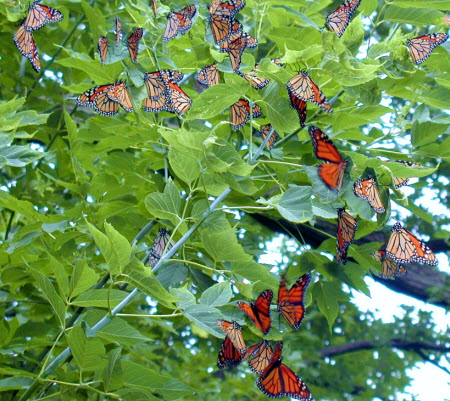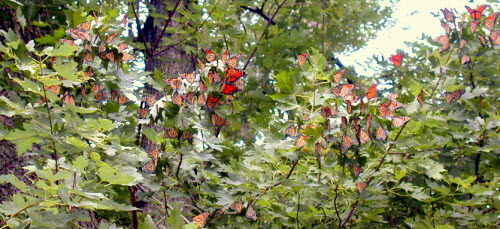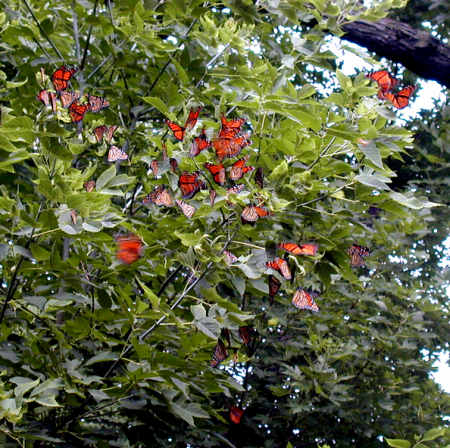Click below to listen to my 2 min. Garden Bite radio show: The Monarch Highway and habitat
Audio PlayerLast week was Pollinator week and the Minnesota Dept of Transportation, affectionately called, MNDot, shared information on their partnership with 6 other state transportation departments to restore Monarch habitat along the Interstate 35 corridor. The Monarch Highway.
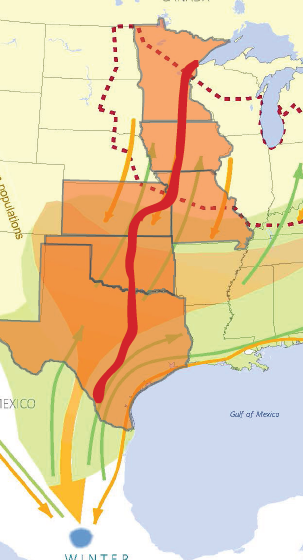
It’s a 1500 mile stretch that State departments of transportation are increasing the use of native plants on roadsides and expanding the agency’s prescribed fire program to further enhance existing native vegetation and habitats. MnDOT is also collaborating with researchers, other governments, and nonprofit organizations to better understand roadside habitat.

The use of flowering plants have even attracted the federally endangered rusty-patched bumble bee (which I’ve featured on Garden Bite before) to roadside in St. Paul.
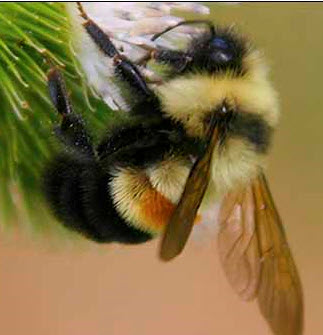
During the last 20 years, the monarch population has decreased due mainly to the loss of the milkweed plant that serves as both a nectar source for adult monarchs and food for monarch caterpillars.

I think everyone can agree there are several reasons for the decline but the focus today is on doing what we can to bring them back!
While MnDot and other states do what they can, we can plant pollinator friendly plants.
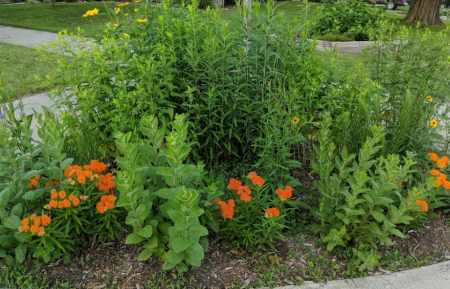
Monarch butterflies hatched in late summer or early fall migrate south to winter in Mexico. In the spring, the butterflies return to the southern United States and lay eggs. Successive generations of monarchs continue moving north, which takes them along the I-35 corridor and finally into the northern United States and Canada. It’s an amazing process.
